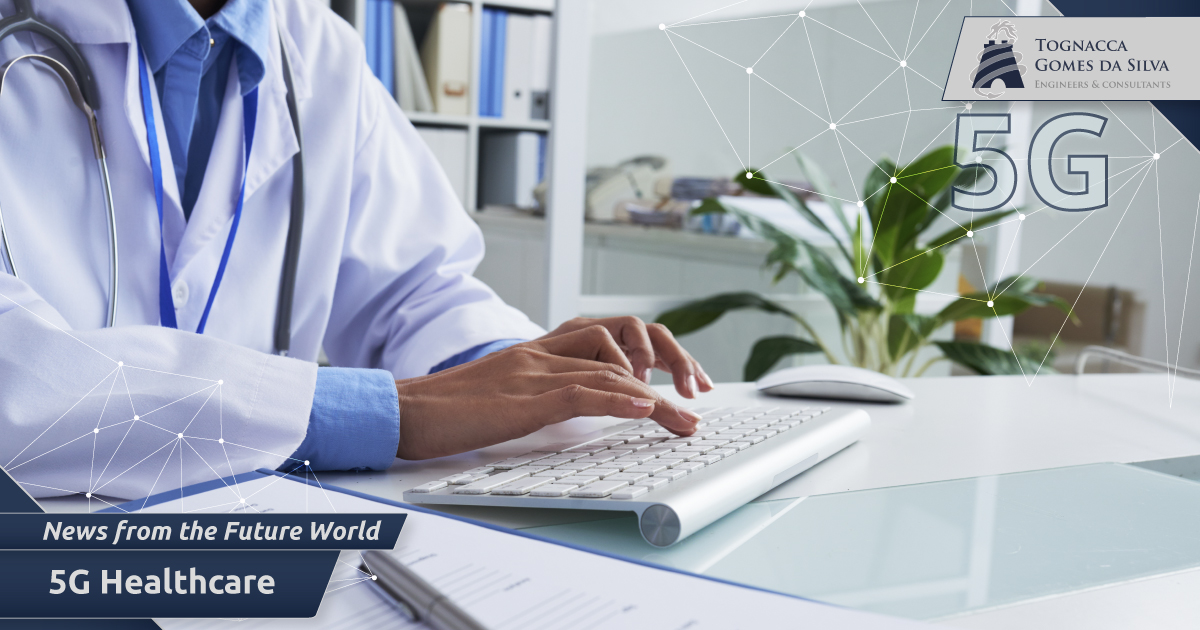As China rolls out its 5G infrastructure faster than the rest of the world, healthcare is one of the first sectors to benefit.
Telemedicine in China and other Asian markets has gone from basic video consultation to providing comprehensive medical services akin to physical ones. While the previous 4G network could lead to latency and unstable connection, restricting the locations where patients could use telemedicine, the application of 5G has improved the quality of video consultation, remote patient monitoring, and, ultimately, even remote and robotic surgery assistance. As early as January 2020, China’s ZTE and China Telecom providers deployed China’s first 5G remote diagnosis of COVID-19. The technology connected doctors at West China Hospital, part of Sichuan University, as the central node to remotely diagnose and treat COVID-19 patients at two dozen other hospitals, Shenzhen-based ZTE said.
In Guangzhou, a city located in a region dubbed China’s Greater Bay Area because of its similarity to Silicon Valley, the Guangdong Second Provincial General Hospital is using 5G to collect, transmit and monitor patient data. Chen Xiaofang, a nurse at the hospital, appeared in an Associated Press (AP) video report in November 2021 demonstrating how she uses a smartwatch to monitor procedures such as intravenous infusions, saying “we are now able to save a lot of time.” According to the AP report, some 10,000 devices and sensors at the hospital are 5G-connected and collect health data such as electrocardiograms in real time, for hospital staff to monitor.
In June 2021, CUHK Medical Centre, in partnership with Commercial Group HKT, announced it was the first private hospital in Hong Kong to deploy 5G, allowing medical images such as those from endoscopies, ultrasounds, CT scans, and other high-resolution images to be transferred in real time for remote consultation.
Chinese patients can already book appointments, receive lab reports and scans, and get basic advice from doctors on smartphone apps such as Ping An Good Doctor and Tencent’s WeDoctor. The advent of 5G means they will soon be able to do much more. “The end point is that we can do everything virtually online … and then doctors can practice anywhere in the world, the patient can access the doctors anywhere in the world,” Kenneth Chung, CEO of clinic operations for IHH East China, a private hospital chain, told CNBC.



